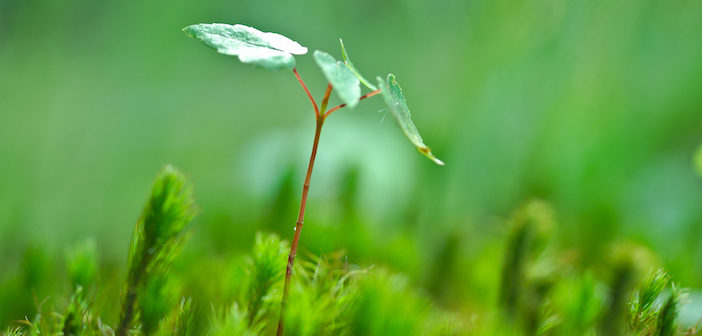Planting trees is one of the easiest ways to strengthen your relationship with the natural world. From birds to insects, all different types of animals use trees as their homes and as sources of food. Trees also help protect the health of an ecosystem like by preventing erosion since their roots hold the ground together. Beautiful and diverse, trees benefit people, animals, and the environment, and by planting a tree or two, you can bring those benefits to your yard or neighborhood.
What Kind of Tree Should You Plant?
When choosing a tree, you must take in account where you live and what space is available. First, find out what your hardiness zone is by going to this website. Your hardiness zone defines the relative climate of your home and what trees can best survive there. This is important because some trees need periods of cold to grow well while others cannot tolerate the cold. Also, different trees need different light and water requirements. If you want to plant fruit trees, be sure to pick a location that gets at least six hours of sunlight. If that is not possible, perhaps look into planting a different type of tree. From evergreens to flowering trees, the options are endless.
When Should I Plant a Tree?
Right now is actually one of the best times to plant a tree! When the ground starts to warm up and is no longer cold and hard from winter and the air is starting to warm as well, you can start planting trees. It is important to plant them as early as you safely can in Spring because young trees need a lot of water. Early Spring rain showers can really help them get this. Also, young trees cannot survive heat very well so it is better not to plant trees in late Spring/Summer. Planting them now will give them ample time to grow their roots and become secure in their new home.
How Do I Plant a Tree?
Planting trees is pretty easy and a lot of fun. Go outside with your family or your friends to make your yard a better place for all different types of animals.
- Go to your local nursery to buy a young tree. (Planting a tree as part of a service project? Apply for a Roots & Shoots mini-grant to help with the cost!)
- Pick a good location for the type of tree you bought and mark where you want to dig the hole.
- Dig the hole about three times wider than the root ball of the tree, but only dig the hole as deep as the root ball is. It is important to dig the hole wider to give the roots light soil to stretch their roots in, and it is also important to bury all the roots, but not bury too much of the stem.
- Place the tree in the hole and start to gently fill the hole in. If the soil is not that rich around the tree, add some compost for it will give the tree some much needed nutrients.
- Once you have filled the hole, consider adding mulch on the top and around the tree. This will help hold water.
- Water the young tree daily or every other day for the first few weeks. Pay attention to the weather to see how much you need to water the tree. Young trees require a good amount of water to grow, but as they grow older and their roots are bigger they will not need as much water.
- Watch the tree grow and continue to pay attention to watch for any potential problems posing a risk to your tree. Important things to look for include lack of new growth, damage to leaves and bark, and damage caused by the weather. Each problem has a corresponding solution so be sure to pay attention to your tree!
Tips and Tricks
- If you plant a fruit tree, be sure to look at its pollination requirements. Many fruit trees need to be planted next to other compatible fruit trees so pollinators can cross pollinate between them. This is vital if you want your fruit tree to grow fruit.
- Be careful of where you plant your trees especially if you plant trees like willows. Willows love water so they have some of the biggest root systems. Be sure to plant them away from septic tanks and pipes so the roots do not interfere.
- Do not fertilize your young trees. Many chemical fertilizers will burn your young tree and could potentially kill it instead of helping it. Adding some compost around your tree is a much better way to make sure it gets the nutrients it needs.
- During the first year especially in the winter. Depending on your location, the health of the tree, and where the tree is planted you might need to stake the tree for a couple of months for added protection. This will help the tree grow straight.
Dr. Jane Goodall’s Birthday
April 3 is Dr. Jane’s 83rd birthday! Consider planting a tree to honor her and all of her contributions to the fields of science and activism. Trees are a perfect symbol of the heart of what Roots & Shoots is all about. Roots & Shoots is about helping people, animals, and the environment, and that is exactly what trees do. Trees help us form a bond with the natural world which is precisely what Dr. Jane has always called us to do. Tell us about the tree you planted when you sign her birthday card.




